Recently I’ve been exploring reasons behind why a lot of children seem to have weaker hand muscles compared to years gone by. The following article gives a great insight into why this could be happening …..
Hand Grip: Weak Hands? Weak Body? Why Kids and Millennials are Losing their Grip
This article provides helpful information regarding the necessity of strong hand grip and the affect it has on a child’s learning and emotional development.
Swipe, click, flash, tap! Those all too familiar sounds that have become part of our daily lives and the lives of our children. Cell phones, computers, video games, iPads and other electronics make it easy for us to communicate with others across the world and it helps our children keep in touch with cousins, friends and schoolmates. Technology has grown so much that iPads and other electronic devices are now becoming a staple item in the classroom.
While Pokémon Go may not be the best academic tool for our children, there are several apps and learning tools out there that teachers and educators often use in their classrooms. Even us old fuddy duddies are learning how to text, take pictures and use GPS on our phones. Kids are now learning how to use these devices at younger ages and are often methods parents use to distract kids at restaurants and in other public places. My own 2-year-old grandson at the time even knew how to help me find our home videos on my phone.
Technology is ever-changing and while these devices are making information more accessible and useful for students, do us old fuddy duddies actually have an advantage over these millennials and up-and-coming youngsters in grade school?
A recent study in the Journal of Hand Therapy shows that young adults have surprisingly less hand strength and hand grip than older generations, which could be one result from using more electronic devices and less pencil time. Some may even argue that electronics are hindering our students’ education rather than helping them progress because they lack fine motor development skills used for handwriting, pencil grip and brain-building activity.
If Occupational Therapists are already seeing signs of weaker hand grip in millennials, what can we expect from younger generations and is it one of the reasons why we are seeing more learning delays and sensory issues in the classroom? We already know from this Washington Post article that this could be the case.
Learning Delays from Weak Hand Grip
When children have weak hand strength, simple learning tasks could become difficult, such as holding a pencil, establishing right or left-hand dominance, poor fine motor skills, writing letters and numbers correctly, fastening buttons or zippers, writing fatigue and lack of hand-eye coordination development needed for reading.
Now you may say, “This really isn’t important anymore because most of us in the real world now only type on computers.” From an outside perspective you would be right. When you think about it, when was the last time you took handwritten notes or wrote a letter you put in the mailbox? Probably less than 20 percent of the time you are at home or work. Everything is now done with laptops, electronic devices and email.
So why continue to encourage and “push” hand grip strength? Developing your child’s hand strength and fine motor skills is linked to more than just handwriting and pencil grip. Researchers have also found a connection between how the brain transitions from right-brained learning (creative, emotions) to move left-brained learning (logical, critical thinking). If the brain fails to transition from right-brained learning to left-brained learning, children become more emotional instead of logical as they get older. That is why many parents and teachers today see more attention issues in the classroom, sensory struggles, meltdowns , anxiety and emotional grounding issues.
Strengthening your child’s hand grip with fine motor and handwriting activities can help ignite the left-sides of the brain for higher learning processes like organisation, completing tasks, remembering facts and details, emotional control, speech and language, expressive communication, and more.
How Pencil Grip Develops
Pencil grip and handwriting milestones begin when children are babies as they start to grasp and reach for different objects. Eventually, their hands, fingers, wrists and elbows become stronger as they grasp balls, squeeze toys and start colouring with fat markers and crayons. This is when the child’s palmar grasp begins to develop. As the child gets older, the palmar grasp should automatically transition into the pincer grasp for writing and holding a pencil the correct way.
Here is the developmental progression:
Age |
Performance Milestone |
Grip |
|---|---|---|
3-6 months |
|
|
6-8 months |
|
|
8-10 months |
|
|
10-15 months |
|
|
2-3 years |
|
|
3-4 years |
|
|
4-6 years |
|
|
To see how these stages might look with your child, click here.
Hand Grip Strengthening Exercises
To improve your child’s hand grip strength, emotional grounding, fine motor development and skills for reading and writing, we have developed an e-Handbook specifically geared to helping students in these areas. The Rewiring the Brian Handbook provides instructions and fun activities to help children build their cognitive development for higher learning.
Our e-Handbook provides parents, teachers, Occupational Therapists, Pediatric Therapists, and educators with several fun, playful learning activities to ignite learning and includes some of the following:
- Instruction to Rewiring the Brain
- How handwriting exercises benefit your child’s learning development
- Line exercises for letter development and recognition
- Mazes, dot to dots, tracing, coloring, hole punch activities and more
- Curves, boxes and shapes
- Fun fine motor activities you can try at home
The Rewiring the Brain Handbook contains 41 pages of fun activities that can easily be printed from your home computer. Activities should be done for at least 20 minutes per day. All activities require adult supervision in the beginning and can be used in conjunction with music therapy and gross motor development. To get your copy, click here.








